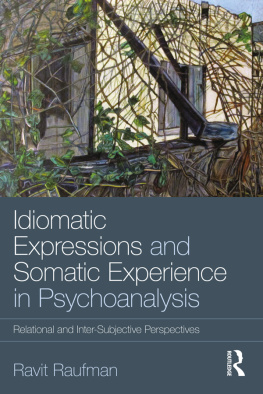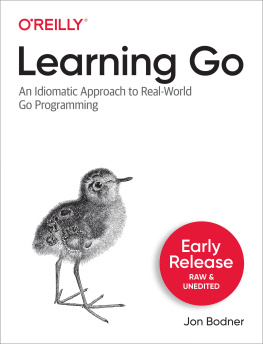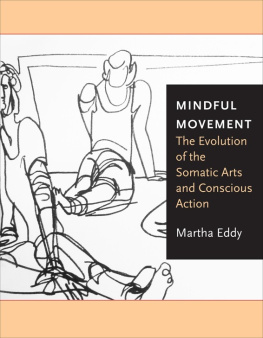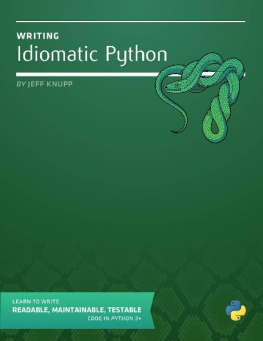First published 2018
by Routledge
2 Park Square, Milton Park, Abingdon, Oxon OX14 4RN
and by Routledge
711 Third Avenue, New York, NY 10017
Routledge is an imprint of the Taylor & Francis Group, an informa business
2018 Ravit Raufman
The right of Ravit Raufman to be identified as author of this work has been asserted by her in accordance with sections 77 and 78 of the Copyright, Designs and Patents Act 1988.
All rights reserved. No part of this book may be reprinted or reproduced or utilised in any form or by any electronic, mechanical, or other means, now known or hereafter invented, including photocopying and recording, or in any information storage or retrieval system, without permission in writing from the publishers.
Trademark notice: Product or corporate names may be trademarks or registered trademarks, and are used only for identification and explanation without intent to infringe.
British Library Cataloguing-in-Publication Data
A catalogue record for this book is available from the British Library
Library of Congress Cataloging-in-Publication Data
Names: Raufman, Ravit, author.
Title: Idiomatic expressions and somatic experience in psychoanalysis :
relational and inter-subjective perspectives / Ravit Raufman.
Description: New York : Routledge, 2018. | Includes bibliographical
references and index.
Identifiers: LCCN 2017051555 (print) | LCCN 2018000695 (ebook) |
ISBN 9781351117227 (Master) | ISBN 9781351117210 (Web PDF) |
ISBN 9781351117203 (ePub) | ISBN 9781351117197 (Mobipocket/
Kindle) | ISBN 9780815360988 (hardback) | ISBN 9780815361008 (pbk.)
Subjects: LCSH: Psychoanalysis. | Idioms.
Classification: LCC BF173 (ebook) | LCC BF173 .R36528 2018 (print) |
DDC 150.19/5dc23
LC record available at https://lccn.loc.gov/2017051555
ISBN: 978-0-8153-6098-8 (hbk)
ISBN: 978-0-8153-6100-8 (pbk)
ISBN: 978-1-351-11722-7 (ebk)
Typeset in Times
by Florence Production Ltd, Stoodleigh, Devon, UK

Orly Castel-Blooms story Not Far from the Center of Town opens with the protagonist, Avishai, leaving his flat remorsefully in silence, feeling that his life is a complete mess, but without even knowing why.
In this story, Dalia and Avishais married life in the big city is depicted laconically, while Avishai, a newlywed, knows nothing about his true feelings. This story, as well as the other stories in the collection, is populated by apparently indifferent characters, who deal with their pain by continually shifting away from their real interests and desires. Consequently, they remain alien to themselves, addicted to automatic gestures and banal routines.
Regretfully, this situation is not merely fictional. The gap between the choices made by the characters in the story and their troubling distress accurately illustrates how people often become alienated from themselves. Estranged and disconnected from their inner life they often become lost, with no compass to guide them back. Many people live their lives hec tically, bereft of any knowledge of their true feelings or motives. False choices are repeatedly made throughout life, causing people to fall into the same traps over and over again; impossible loves, inexplicable relation ships, self-destructive habits, addictions and difficulties in family life and career are only some of the many ways people become dissociated from them selves. Sometimes, when the distress becomes unbearable, they seek therapy, also for reasons they cannot necessarily put their fingers on. This alienation is not just a matter of repression and denial, as formulated by Freud and his followers. Rather, it stems from the fact that the human psyche consists of different modes, each possessing its own language.
The human mind expresses itself in a language different from the verbal language we use in our daily lives, though these verbal and non-verbal languages share intricate relationships. Many day-to-day behaviors and symptoms may be understood in light of the relations between both languages; the more primary, sensorial and unconscious language, as well as the symbolic-verbal one.
In his book This Craft of Verse (2000), Borges wonders how the poet uses words employed in the ordinary, everyday commerce of life, and somehow imbues them with magic, beyond their intended purpose. However, he also notes that words began not by being abstract, but rather by being concrete and I suppose concrete means much the same thing as poetic in this case (p. 79).
Borges asserts that the history of etymology may well demonstrate this idea: the word dreary originally meant blood-stained, the word glad once meant polished, while the word threat meant a threatening crowd (p. 79). These words that have now become abstract once had a powerful meaning, loaded with emotion and vitality.
The word punor stood for thunder and for the god [of thunder]; but had we asked the men who came to England with Hengist whether the word stood for the rumbling in the sky or for the angry god, I do not think they would have been subtle enough to understand the difference. I suppose that the word carried both meanings without committing it self very closely to either one of them. I supposed that when they uttered or heard the word thunder, they at the same time felt the low rumbling in the sky and saw the lightning and thought of the god. The words were packed with magic, they did not have a hard and fast meaning poetry is not trying to take a set of logical coins and work them into magic. Rather, it is bringing language back to its original source.
(p. 80)
In so suggesting, Borges focuses on the complex, ever-changing relations between the experiencing, primary language, and the verbal one, usually called abstract.
The psychic realm from which poets draw their ability to load words with magic and emotion also governs myths, fairy tales, dreams, symbols and art. Freud called it the unconscious, Jung named it the collective and individual unconscious, while Lacan described it as being embedded in language. Both psychoanalytic and psychodynamic therapies focus on it. Its language is different than any other familiar language; it is a non-verbal language, in which psychic impressions are organized based on the way they are experienced. This book only touches on the part of this languages characteristics that connects it to the spoken verbal lan guage, by using realizations of idiomatic expressions. Deciphering the words hidden behind various symptoms and identifying sensations and emotions requires an understanding of the psyches language and its interrelations between different levels and modes. These include those which are regarded as primary and are mostly unconscious, governed by somatic sensations and senses, and the higher levels, which are verbal.
Although psychoanalysis has developed different approaches regarding the unconscious and the linguistic, some shared characteristics may be identified, mostly regarding the two perspectives that have considerably shaped the development of the discourse about the unconscious: the Freudian and the Jungian. Both share a common perception regarding the mental structure and identify two levels of organizing information: a primary , fundamental level, and a verbal , symbolic one. The primary, more animal-like level, is governed by drives, urges and instincts, drawing information from the senses. As time passed, various thinkers formulated different approaches to understanding the relations between the somatic and verbal layers of the mind, some of which will be presented throughout the book to exemplify the complexity of the topic and its clinical, as well as theoretical, repercussions. For those readers who are not familiar with psychoanalytic literature, I hope the book will provide an oppor tunity to gain a basic familiarity with the different layers and modes of the human psyche, as well as how they manifest themselves in stressful situations.













